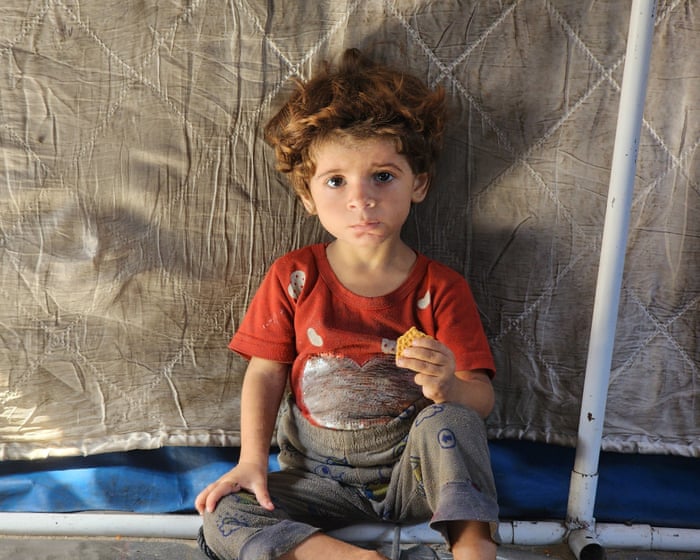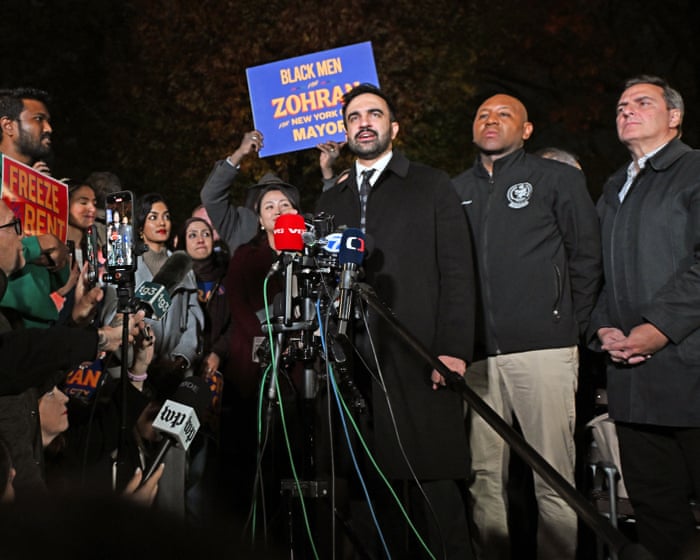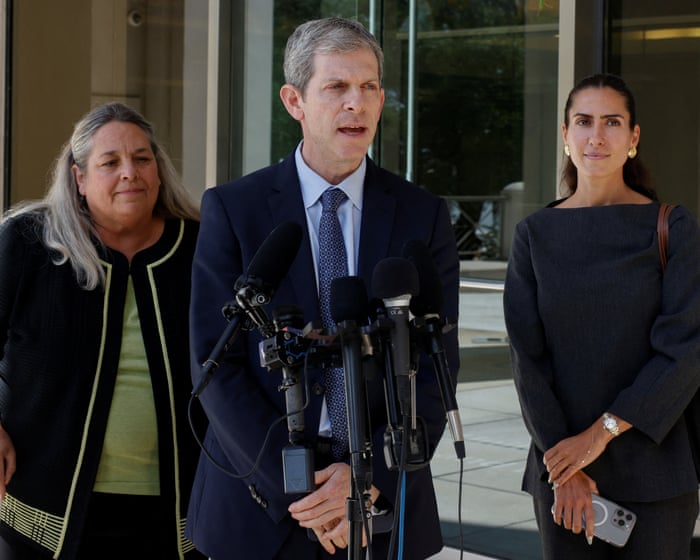In the crowded, rubble-filled streets of Gaza City, the news that UN-backed experts had officially declared a famine came as no surprise.
“We’ve been saying this for months—we’ve seen it, lived it, and suffered through it. We feel powerless, sick, and exhausted,” said Amjad Shawa, director of the Palestinian NGO Network, who has remained in Gaza City throughout the 22-month war.
On Friday, the Integrated Food Security Phase Classification (IPC)—a globally recognized body that measures food insecurity and malnutrition—confirmed that three key conditions for declaring a famine had been met in what was once a busy commercial and administrative center.
Since its founding in 2004, the IPC has declared only four famines, the most recent in Sudan last year. The report stated, “This famine is entirely man-made. It can be stopped and reversed.” It warned that deaths would rise sharply unless “a ceasefire is reached and essential food and services are restored immediately.”
Aid officials say the most vulnerable—estimated between 500,000 and 800,000 people still in Gaza City—are at greatest risk, especially the elderly, children, the sick, and those who are socially isolated.
“I have nothing to cook and no money for firewood. We eat a little in the morning to ease our hunger, and a bit more at night. I have only za’atar, cheese, or salt with bread—no vegetables, nothing cooked,” said Sabah Antaiz, 55, who was displaced from eastern Gaza City’s Tuffah neighborhood by recent Israeli offensives.
Antaiz has hypertension, diabetes, and a heart condition. Her 60-year-old husband is seriously ill and unable to work or collect food. “We have no one left to support us or bring us food. I lost about 10 family members in an airstrike on Tuffah—my parents, nieces, and nephews,” she said.
Israeli authorities tightened their blockade of Gaza at the start of the conflict in October 2023 and imposed a total two-month ban on supplies in March and April. Although more aid has arrived in recent weeks, agencies say it’s only a fraction of what’s needed. The price of sugar has dropped from around $100 to $7 per kilogram, but most other items remain too expensive for the 90% of people with no income. Tomatoes now cost $30 per kilogram.
Ibtisam Saleh, 50, who lives in a tent after being displaced 20 times, said she has no food and no source of income. “What we get now comes only from aid or gifts. Before the war, I received $100 a month from the Qatari embassy because I’m divorced with a son. Since the war began, we’ve received nothing,” she explained.
Saleh eats one meal a day, usually lentils, though a neighbor recently gave her a small bag of rice. “I don’t have the strength to wait in line for food aid. Once, I fainted while waiting—the sun was hot, and my blood pressure dropped,” she said.
Along with the sick and elderly, many are now destitute. After nearly two years of displacement and hardship, few in Gaza City have any physical or financial reserves left.
“This is a population stripped of all resilience,” aid workers report. “They have absolutely nothing left.””There is no safety margin at all. They are right on the very edge,” said a UN aid official overseeing operations in Gaza.
There are serious concerns about northern Gaza, where thousands of people are living in ruins under the worst humanitarian conditions in the entire territory. However, due to insufficient data, the IPC was unable to classify the severity of the crisis in that area.
In Gaza City, families sleep outdoors without shelter or crowd into damaged apartments and makeshift tent camps, where flies, mosquitoes, and infectious diseases are widespread. Trash is piling up everywhere, and the thick smoke from burning plastic causes persistent coughing. Temperatures have risen sharply in recent weeks.
Riham Kraiem, 35, lives in a tent in Gaza City with her unemployed husband and their 10 children, who range in age from 2 to 18. They were forced to leave their home in Beit Hanoun—now a destroyed town in the north—three months ago. An Israeli military attack near the school where they had taken shelter drove them to Gaza City.
“For the past three months, we haven’t received any money or aid. We have no money to buy anything, even though prices have dropped,” Kraiem said. “My children ask for so many things… They want me to make them sweets, but I can’t because we have nothing. We eat only two meals a day—one in the morning and one in the evening. This morning, I cooked a can of lentils, and that’s what we ate. In the evening, we usually have thyme or cheese with bread, and sometimes just bread alone.”
Kraiem said she has no food left. “We left supplies behind when we fled, and our house was destroyed,” she explained. “Yesterday, my son went looking for aid and came back with a kilogram of pasta and a can of tomato sauce. A young man who had gotten it from a food distribution site gave it to him. He came home feeling overjoyed.”
Israel has rejected the IPC report’s findings, stating there is no famine in Gaza and that the conclusions are based on “Hamas lies spread by organizations with vested interests.”
Frequently Asked Questions
Of course Here is a list of FAQs about the famine in Gaza designed to be clear direct and empathetic
General Understanding
Q What exactly is a famine and how is it declared
A A famine is not just a lack of food its a catastrophic food crisis where a significant part of the population faces extreme hunger malnutrition and death Its officially declared by experts when specific severe thresholds for hunger malnutrition and mortality are met
Q Why is the situation in Gaza being called a famine
A International organizations and experts state that the extreme lack of food clean water and healthcare due to the ongoing conflict and siege has pushed Gaza past the technical thresholds for famine especially in the northern regions
Q Who are considered the most vulnerable in this crisis
A This group includes young children pregnant and breastfeeding women the elderly and people with chronic illnesses or disabilities Their bodies are less resilient and need more nutrients making them the first and hardest hit
Causes and Context
Q What caused this famine
A The primary cause is the severe restriction of humanitarian aid entering Gaza This is compounded by the destruction of infrastructure like bakeries farms and water systems during the conflict making it impossible for people to access or produce food locally
Q Isnt aid getting in I see trucks at the border
A While some aid trucks do cross the number is far below what is needed for 22 million people Logistical hurdles inspections and the ongoing danger of conflict severely slow down and limit distribution especially to northern Gaza
Impact and Human Cost
Q What does extremely ill and utterly exhausted actually look like
A Extremely ill means children are dying from preventable diseases like diarrhea because they are malnourished and have no clean water or medicine Utterly exhausted describes parents who are weak from hunger themselves unable to find food for their children and living in constant fear and trauma
Q What is the impact on children
A Children are suffering from severe acute malnutrition which stunts their growth weakens their immune systems and can cause permanent cognitive and physical damage Many are dying from starvation and dehydration




